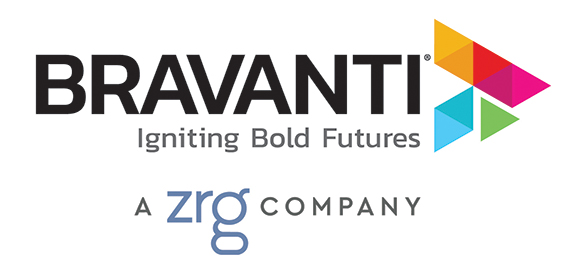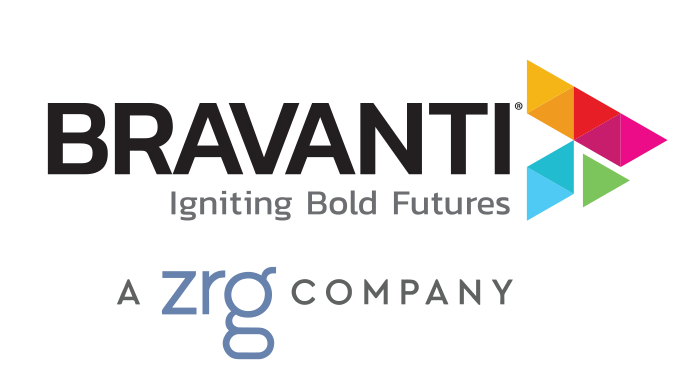By Patrick Hicks
Since LinkedIn launched in 2003, it has firmly established itself as an essential tool in the modern job market. Most job seekers probably know that LinkedIn is a popular tool for recruiters, but the specifics of how they use it are shrouded in mystery. Gaining insight into how recruiters use LinkedIn can be helpful to determine how to most effectively shape your profile, and what information to include and emphasize. Let’s take a look at how most recruiters use this tool to find suitable candidates.
LinkedIn Recruiter
While it is possible to search for candidates using the free version of LinkedIn, most recruiters likely use some version of LinkedIn’s premium Recruiter service: Recruiter or Recruiter Lite. The versions differ primarily in the volume of information they provide, as well as their pricing models. The core functionality remains the same in both. These packages are designed to help recruiters identify candidates who best fit their search criteria.
This video provides a concise summary of how this tool works for recruitment: Introduction to LinkedIn Recruiter Lite
LinkedIn’s premium services for recruiters include some notable benefits that help streamline the recruiting process:
- Unlimited people browsing means that recruiters can search all candidate profiles within LinkedIn, regardless of network. Even if you have a relatively small network, it won’t stop recruiters from discovering your profile, as long as it contains relevant skills and experience.
- Automatic candidate tracking allows recruiters to group candidates by project. Candidates with applicable skills and expertise can be organized into groups, which can then be assessed to find the best prospects for individual opportunities.
- InMail messages are a core component of how recruiters communicate with prospective candidates. InMail allows recruiters to directly message any user on LinkedIn, regardless of their network size or shared connections. The number of accessible InMail messages depends on the premium service, but they start at 30/month for Recruiter Lite.
- Advanced Search is an indispensable tool for recruiters who want to proactively locate candidates based on criteria such as Job Title, Keyword, Location, and Skills. Those all serve as a starting point for a search of the entire LinkedIn database, but they can be further refined with advanced filters such as Languages, Years of Experience, Industries, etc.
How can you use this information to your advantage?
- First, make sure that all major components of your profile have been added, and that they accurately reflect your core competencies and branding. The most important focus areas from a recruiter perspective will be Headline, Summary, Experience, Skills & Endorsements. If you speak more than one language, include that information under the designated Languages
- Use the Career Interests section of the profile. If you’ve already been marked by a recruiter as a potential prospect, they’ll receive notifications if and when you add to this section. For example, if a recruiter has added you to a pool of candidates for a project, and you switch on the “Let recruiters know you’re open” feature, they’ll receive an update message from LinkedIn. They can also see any details you add regarding target locations, job titles, and industries.
- Make sure that the Location section on your profile corresponds to the location you’re targeting. If you’re currently living in one city but are planning to relocate/work in a different city, you’ll be better positioned for visibility if you list the new city as your location.
- Take full advantage of your profile’s Skills & Endorsements You can add up to 50 skills within this section – all of those skills function as tags that can help lead recruiters to your profile. Consider different phrases that might be used to search for your skill set and make sure they’re thoroughly reflected, to increase your odds of being discovered.
- Be sure to regularly check your inbox. If recruiters are sending you InMail messages, you’ll want to know as soon as possible so you have the best chance of assessing the opportunity and following up with the re

